A New Era for Student Government
From the Latin 19-20 Yearbook
Students playing a game at last year’s pep rally organized by student government.
Standing at a unique and critical juncture, Latin students look not only to the administration for community resources, but also to their elected leaders, Student Government. This year, a remodeling of the group of student leaders will allow for greater focus on overlooked parts of the Latin community, such as racial inequality. Aside from the apparent areas of concern lies another crucial priority: keeping the community strong and connected. With classes completely remote first semester, the Latin student body has never been more physically and socially distanced. However, a revamped structure along with driven and hopeful leaders should create the ideal setting for true, meaningful improvement.
By operating through a more purposeful and methodical student government system, changes can occur frequently and in an organized manner. Last year, then-seniors Joe Kennedy and Maya Passman worked tirelessly with the Upper School Dean of Community Learning, Suzanne Callis, to remodel the structure of student government. The reformed system, holding two major changes, will be put into effect this fall.
First off, Ms. Callis says, “Student Government will have an additional executive board position this year: Co-Curricular Prefect. This position will work closely with the Communications Prefect and Social Prefect and be the liaison between other student groups, athletics, and Student Government.” She also adds, “The hope is that the new position will create more cohesive communication and equitable representation of student activities in the school.”
In the fall, senior Eli Aronson will serve as the first student in this new position. Despite the challenging circumstances, Eli says, “I still plan to promote all sports and art performances the best way I can, while following school and IHSA guidelines.”
Along with an addition to the Executive Board of Student Government, there will be a significant adjustment in the grade representative structure. With the overall goal of designating more purposeful roles throughout Student Government, three grade representatives instead of four will represent each grade level. Specifically, one representative from each grade will work under the Social Prefect, Communications Prefect, or Co-Curricular Prefect, in their respective committees. Hopefully, with this redesigned structure, the Student Government will have better opportunities to address a variety of aspects for change in the Latin community.
To foster a community of diversity, equity, and inclusion—one of Latin’s core goals—the Student Government aims to work closely with the Student Diversity and Equity Committee (SDEC) and the Student Academic Board (SAB). Ronil Awalegoankar, a senior head of SAB, looks forward to working with the Student Government to ensure Latin’s unique academic and social experience reaches each and every student. As the school year approaches, specific plans and steps towards making sure students feel heard are being devised. Ronil explains, “A certain idea SAB had was placing feedback boxes in locker bays so that all grades can express any problems they’re having. However, now that we are going online for the first semester, we may send out weekly, anonymous surveys instead.”
Considering the sheer uncertainty that remote learning brings coupled with incidents of bias reports, it is crucial that students’ voices are heard and met with a continuous dialogue between them, the administration, and faculty. Eli Aronson adds, “Following the recent incidents of bias reports we have seen over the last few months, it is our job and duty as students to create change at Latin. All the members of Student Government understand our leadership is important, and the change we can implement throughout the school is like nothing we have previously seen.”
In order to sustain a close community, the Upper School’s “Return to Learn” plan states, “In service of our commitment to educational excellence, we must build community among faculty, staff, and students within the limits defined by public health guidelines, while acknowledging and accommodating for the inequities magnified by the COVID pandemic.” On-campus community engagement not only includes study sessions and office hours with teachers but also, while abiding by the school’s safety protocols and enforcing social distancing, the student government hopes to plan enjoyable activities to maintain healthy social connections between students.
Junior Prefect Shreya Wojno says, “As soon as we are given more concrete information…I want to make sure that as a community, we have activities to look forward to and events to help us feel less isolated and more reminiscent of pre-COVID traditions.” Students, Shreya says, should look forward to reconvening this fall during diverting on-campus events.
Will the student body feel connected despite the physical and social distance? Right now, Student Government has clear opportunities to create genuine change—relevant at a time in Latin’s history when students have never demanded more of it. Having a purposeful and organized system serves as the foundation of making an impact at Latin.
“This is a learning process for sure, but we need to take this on together. I know it’s going to be a challenge, but it’s time to stand up for each other,” says Shreya.
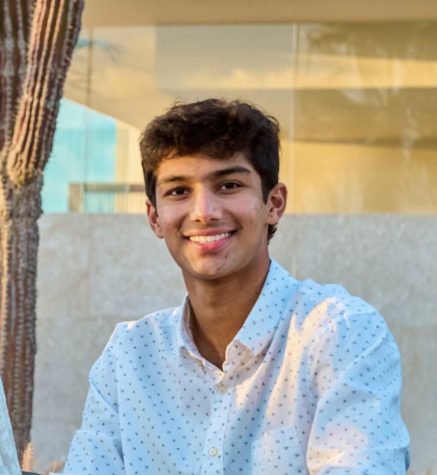
Armaan Shah (‘23) is a senior at Latin and is thrilled to be serving as an Editor-in-Chief of The Forum. He has covered a wide range of topics and encourages...

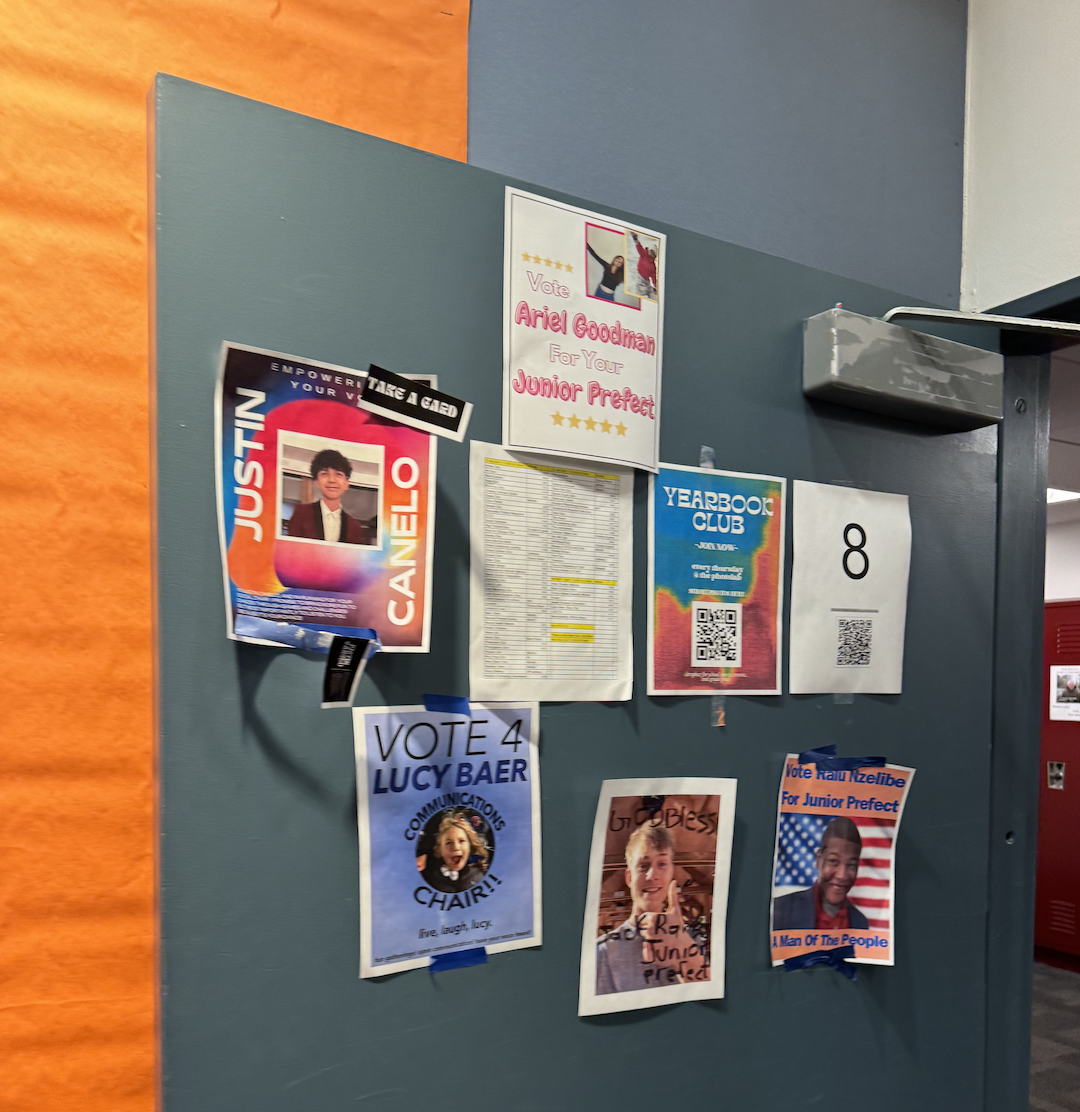


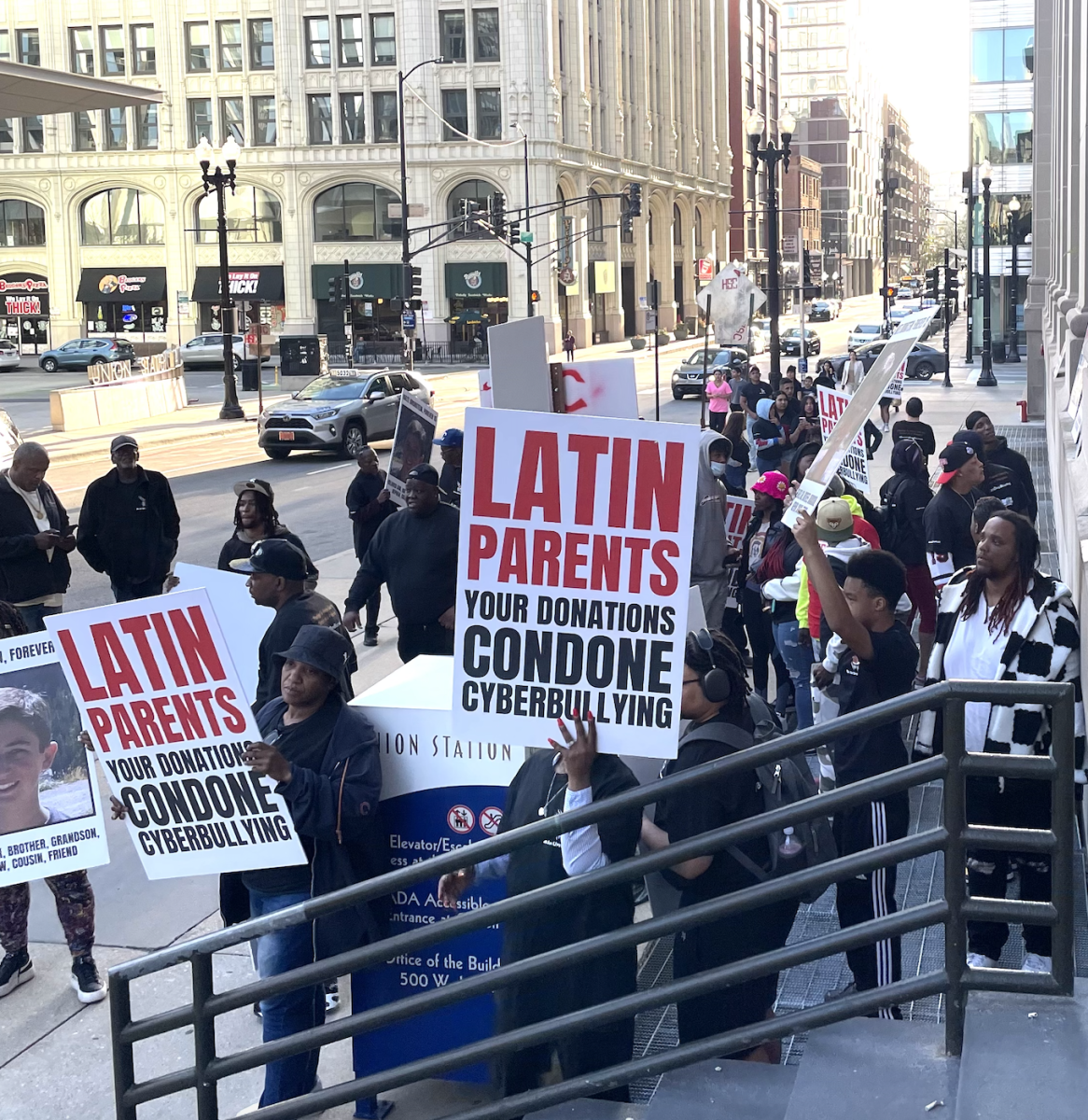
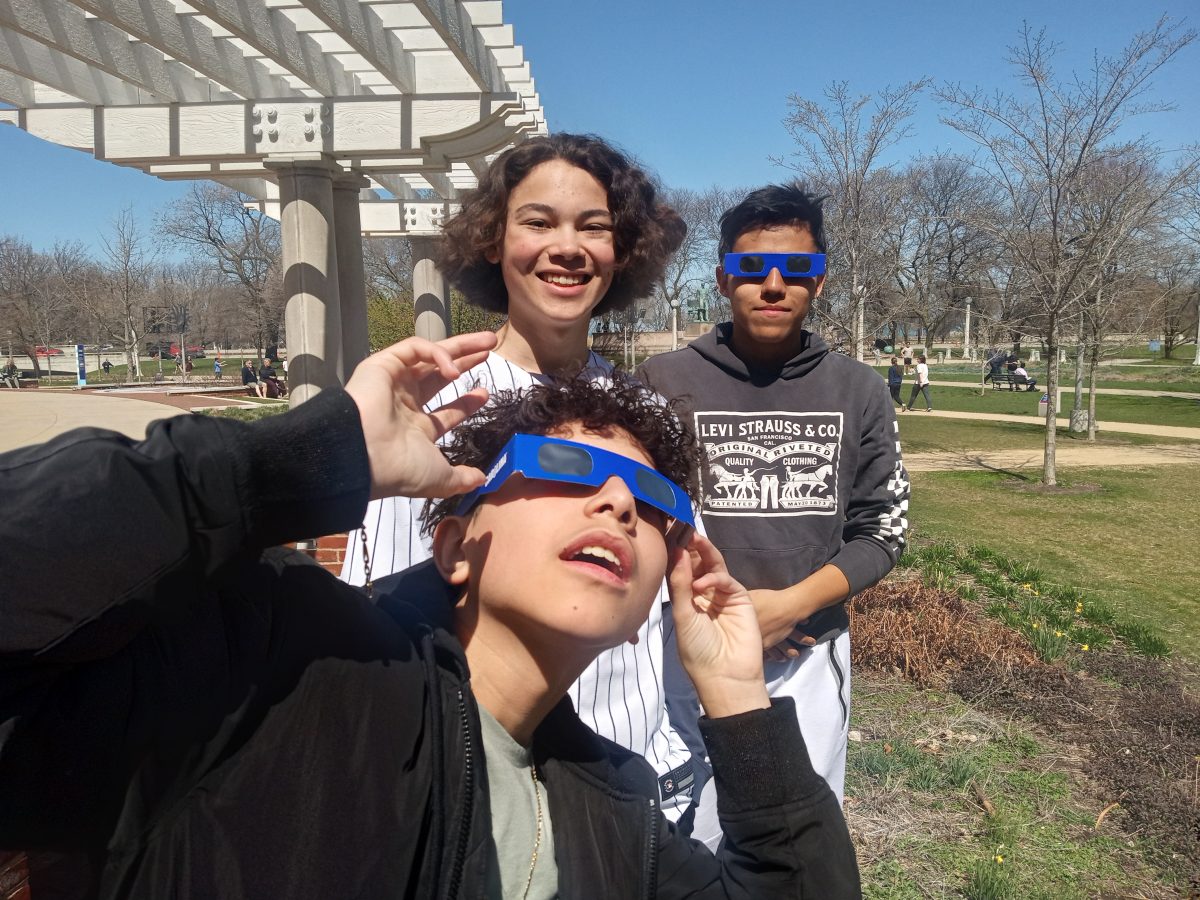










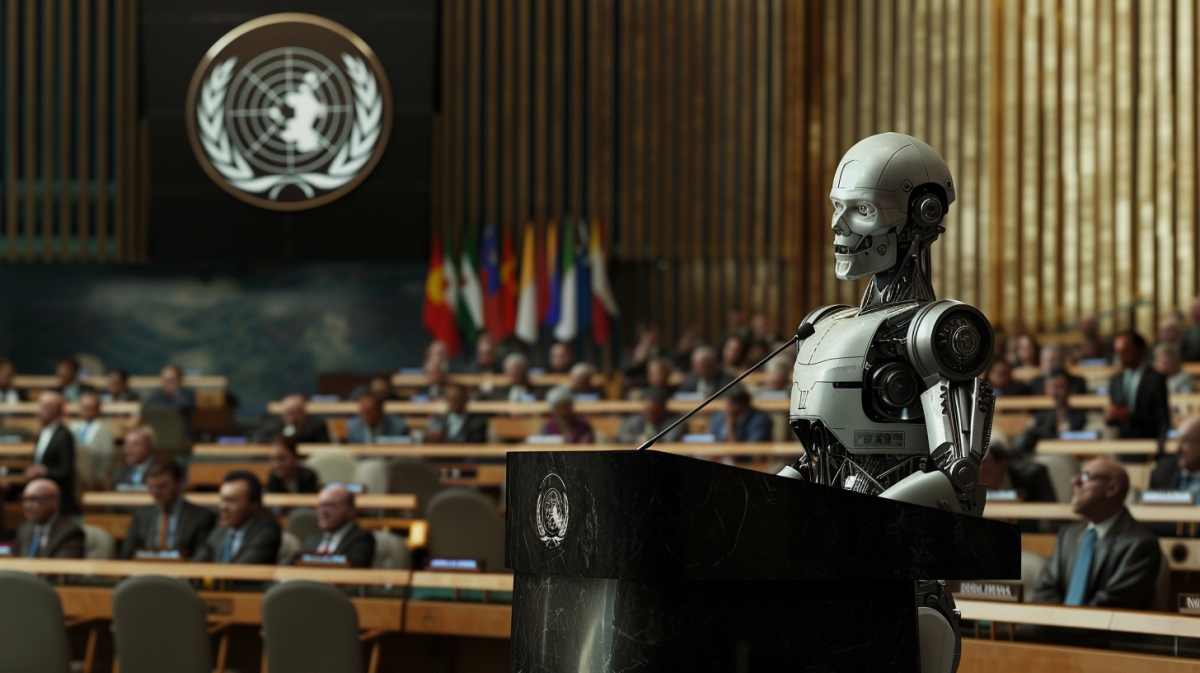





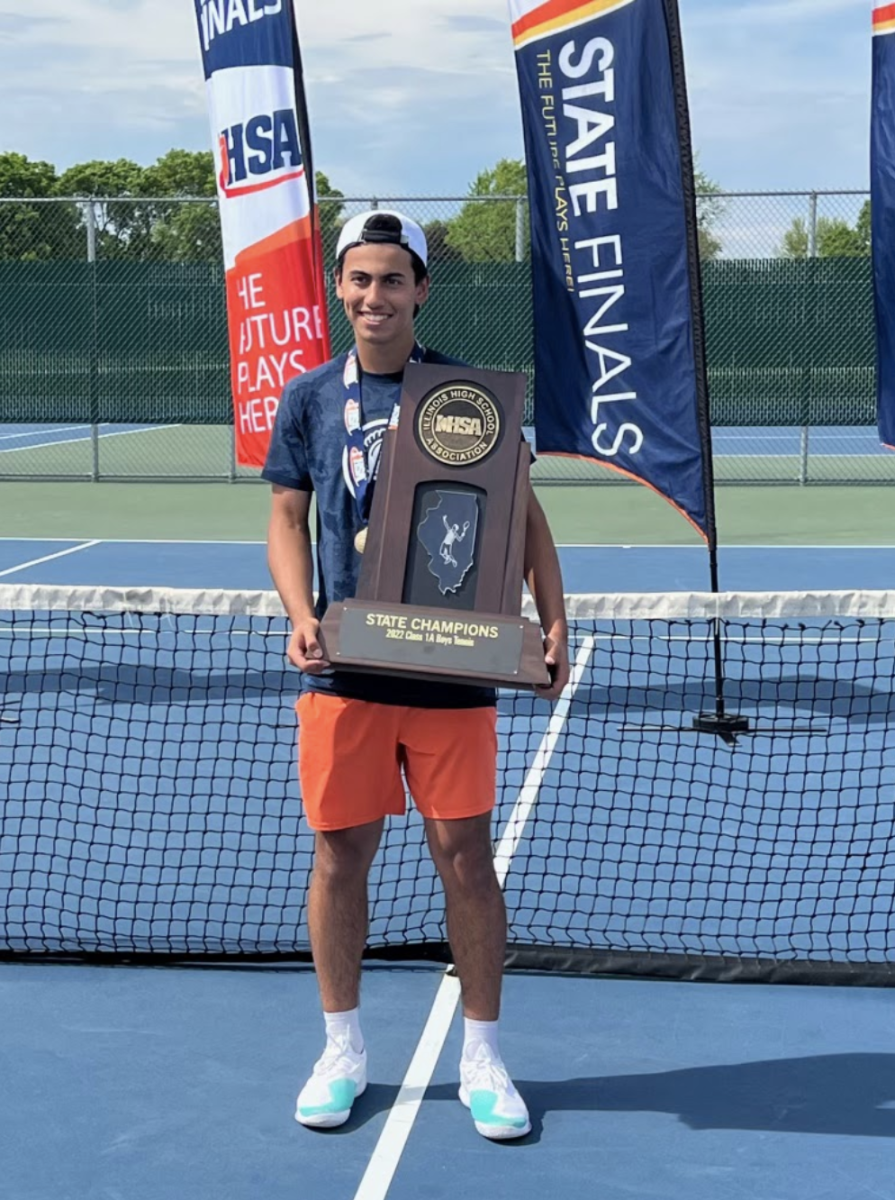
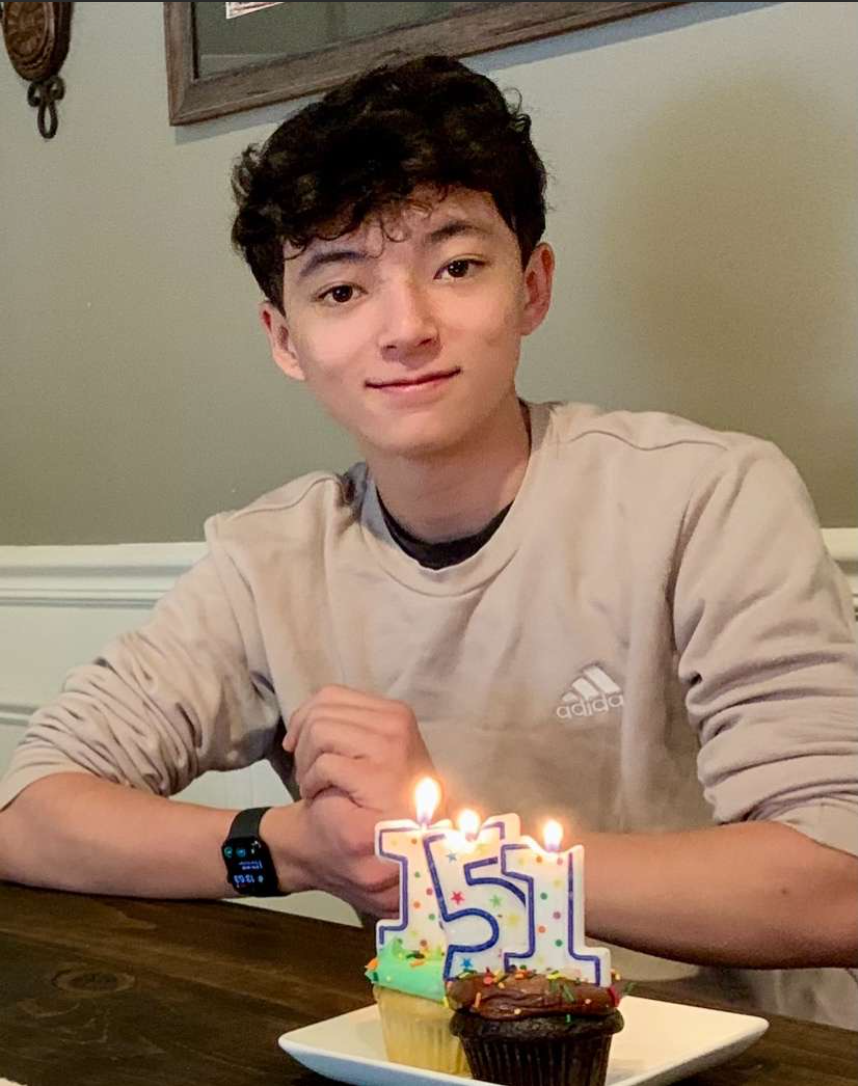
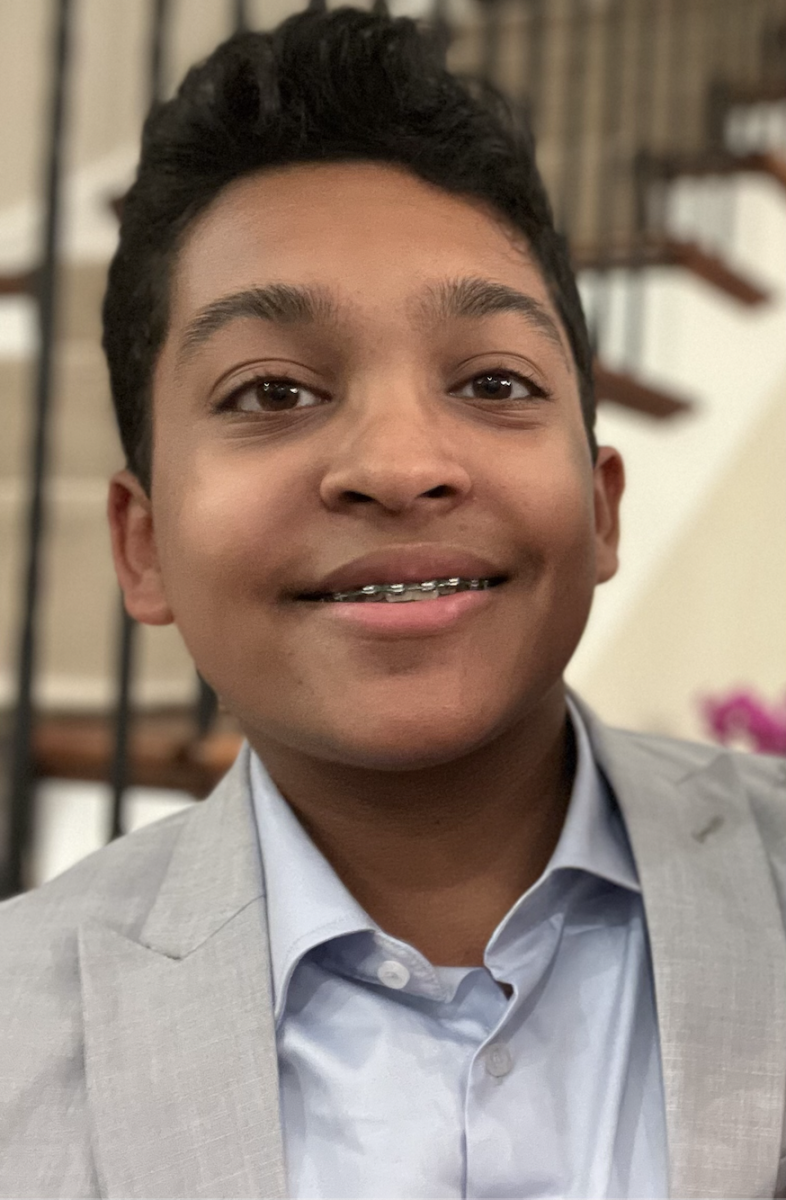


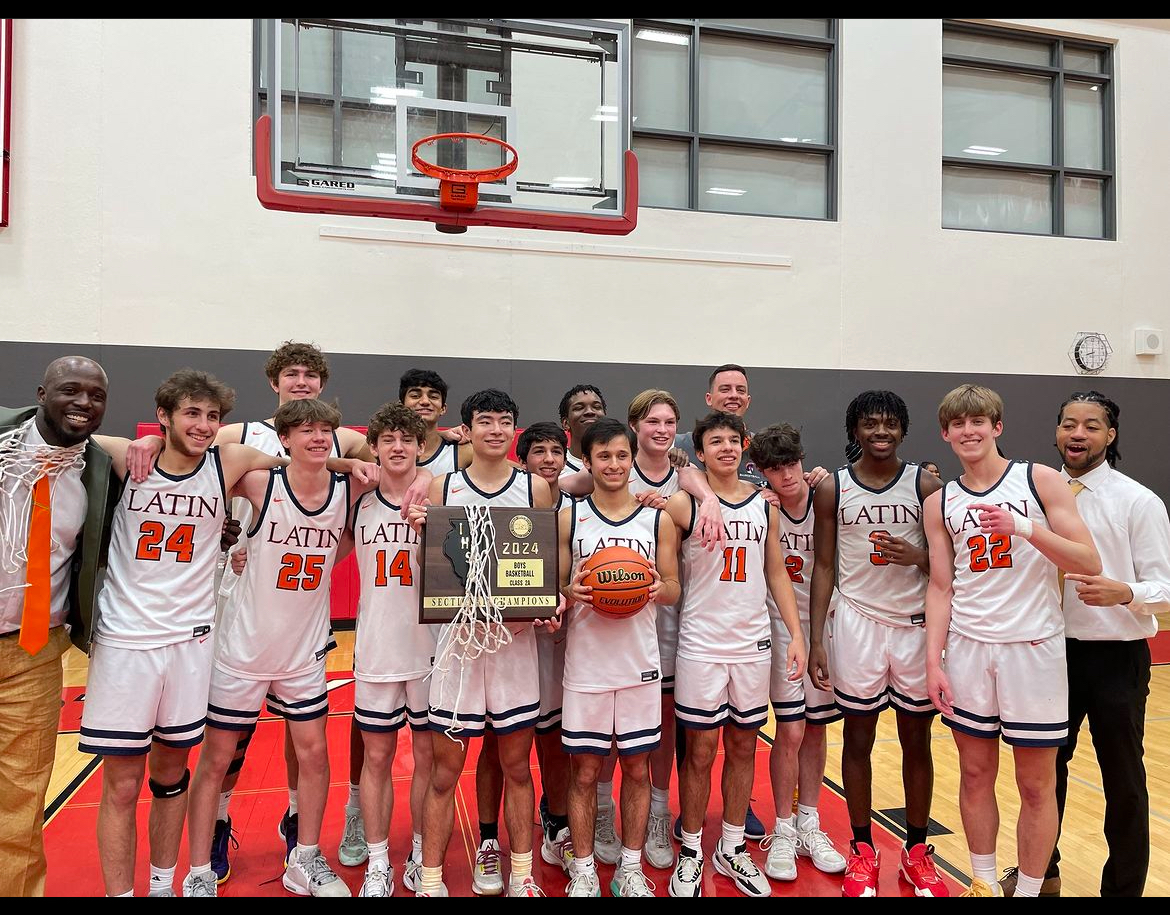
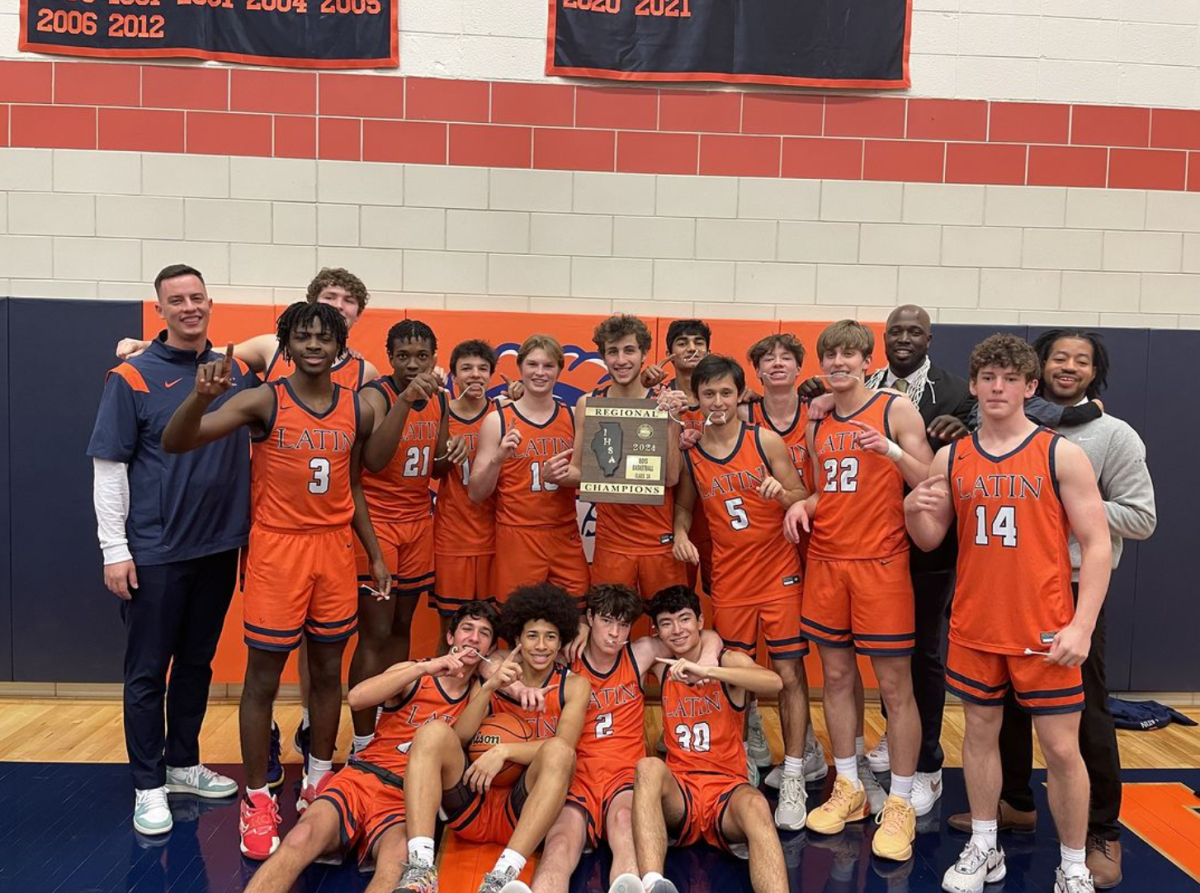

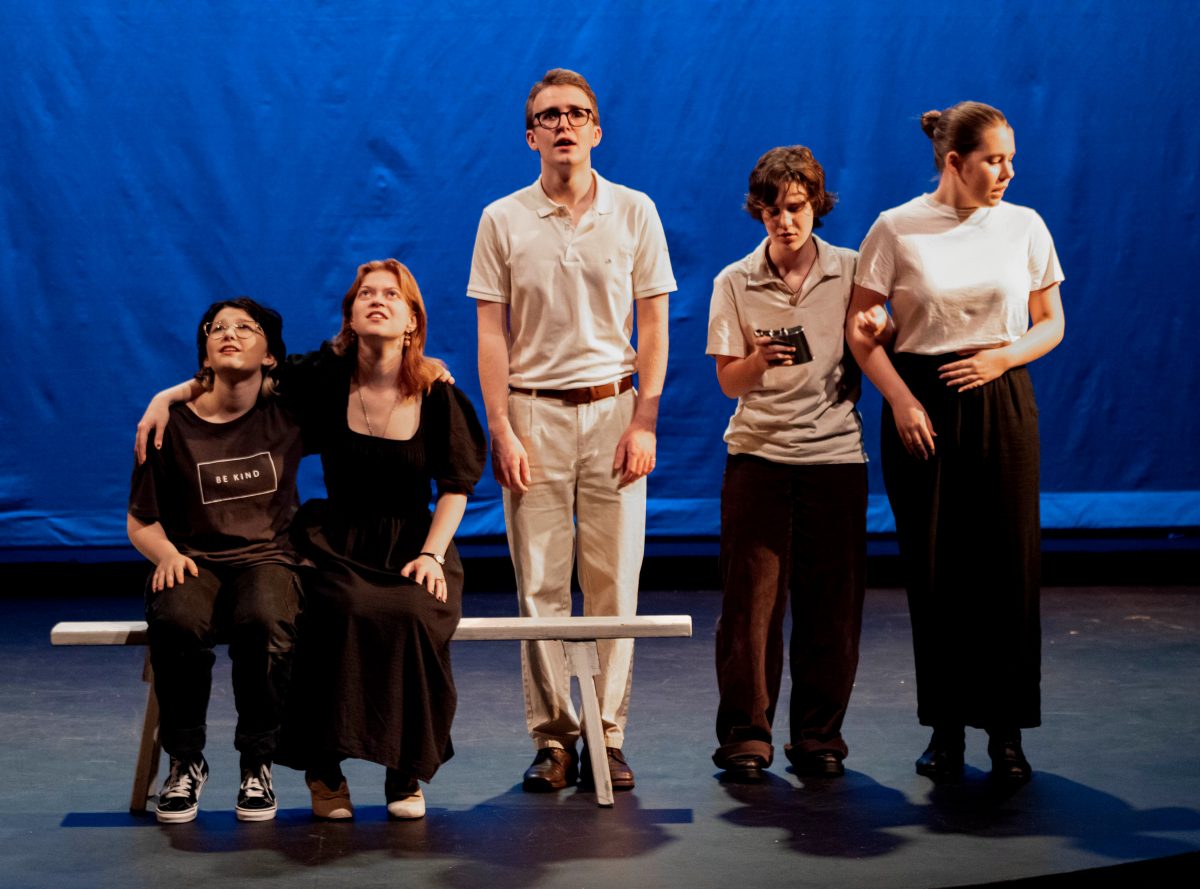

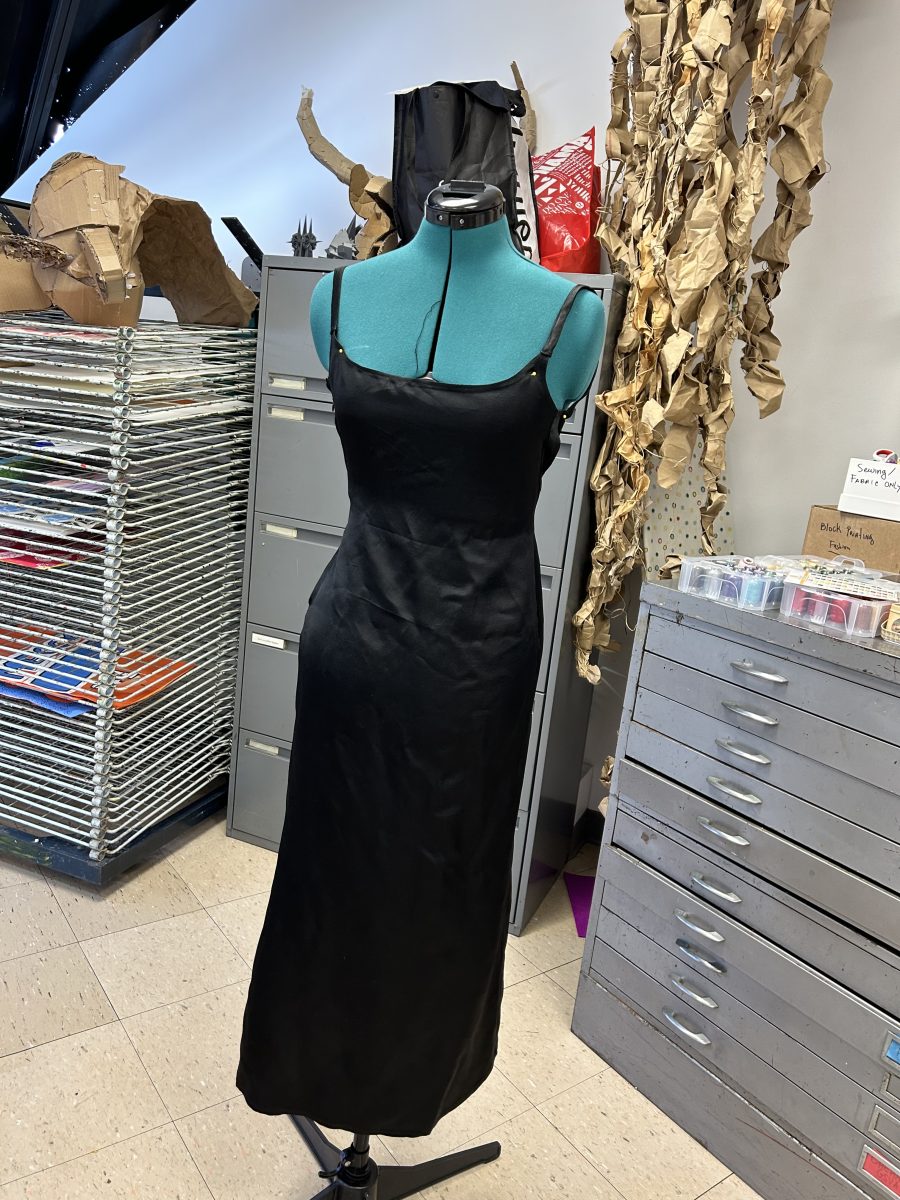

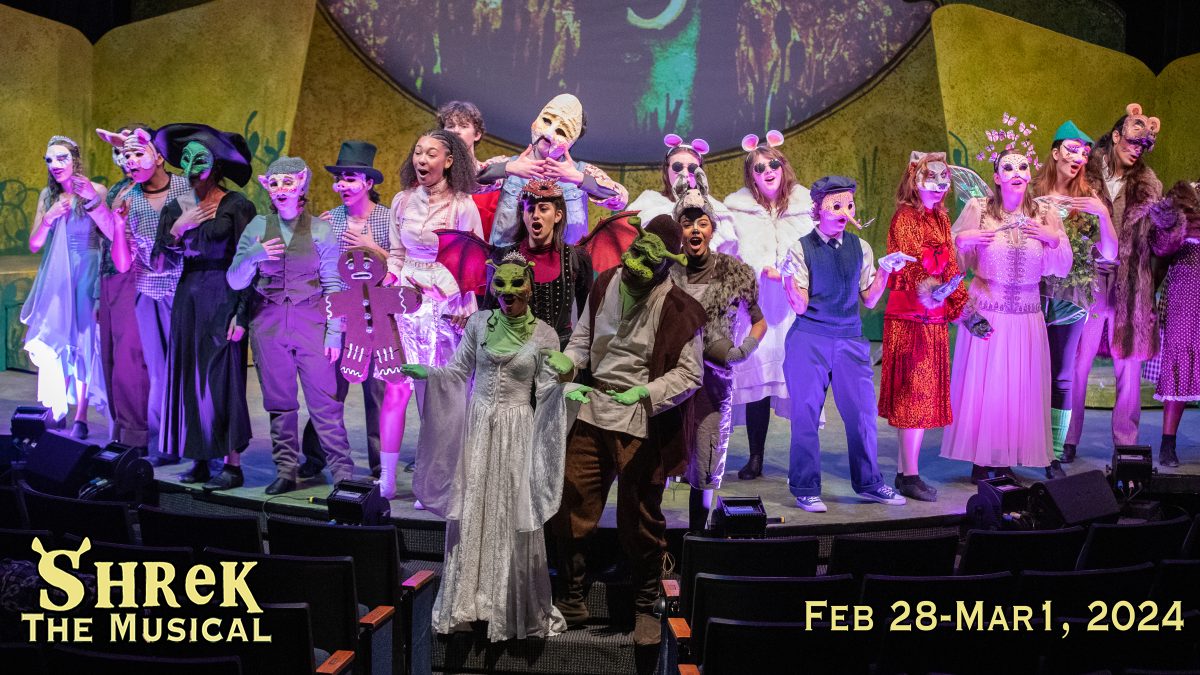
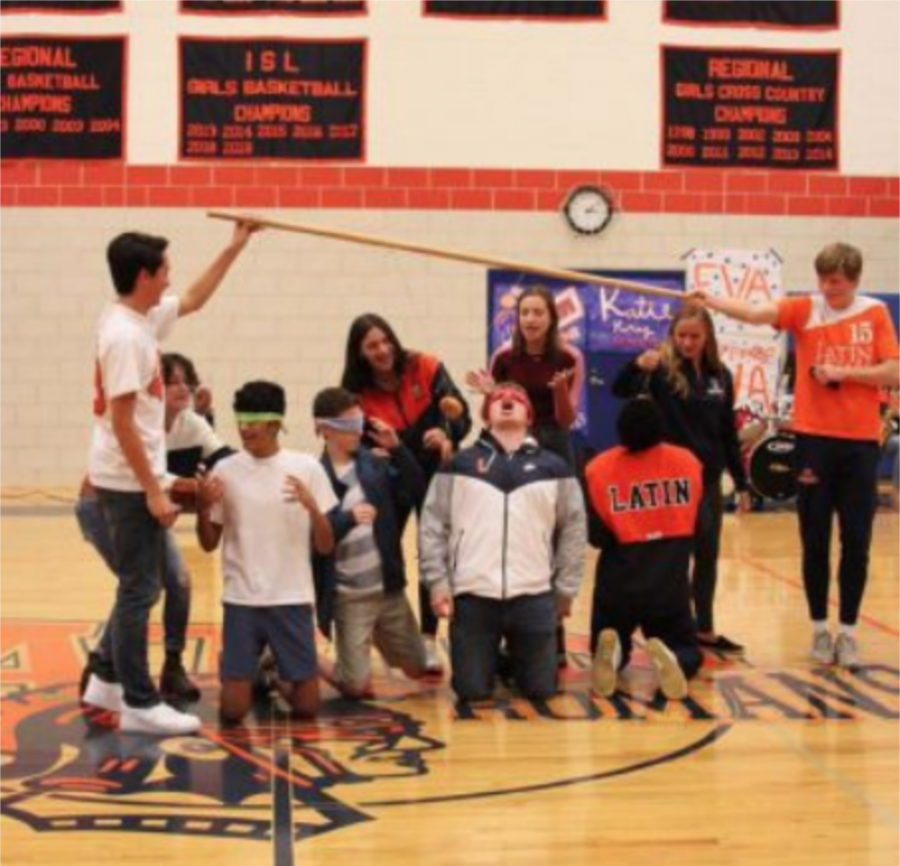
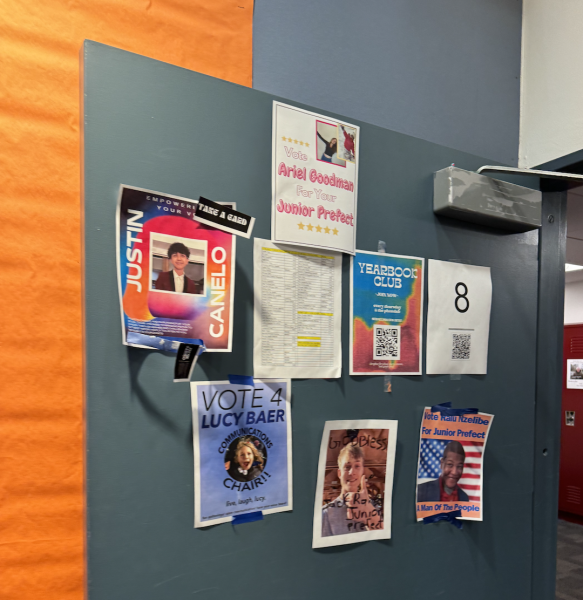
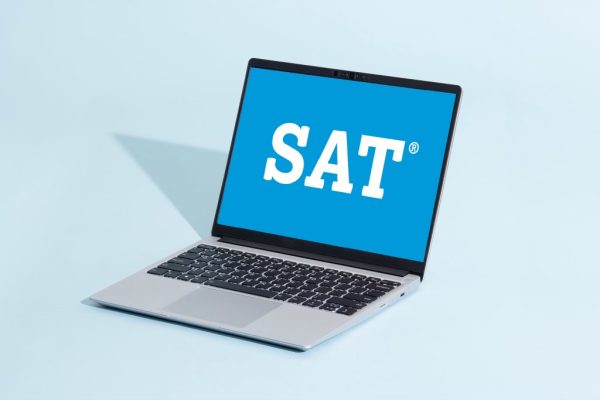

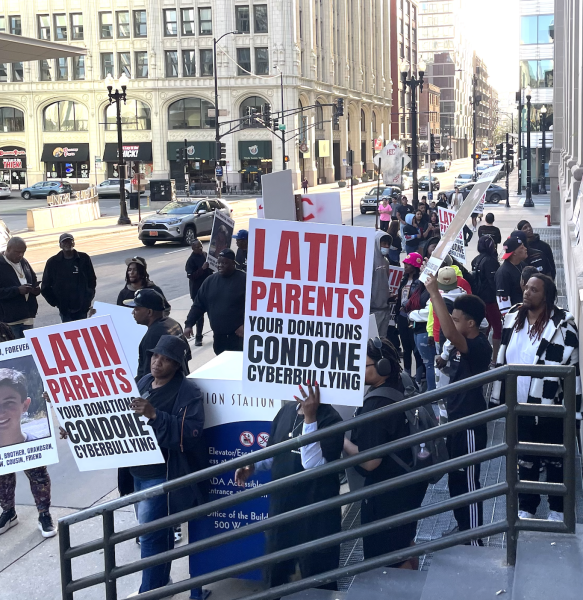
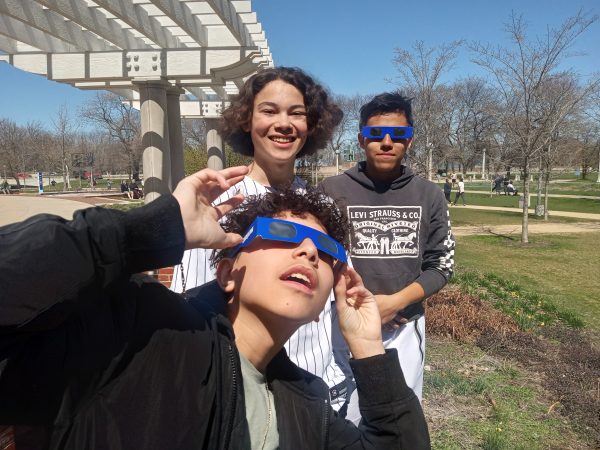


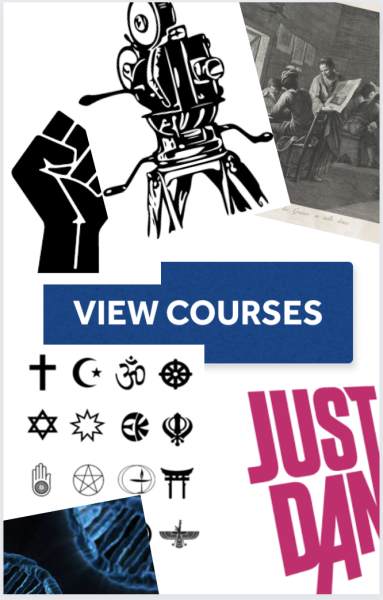
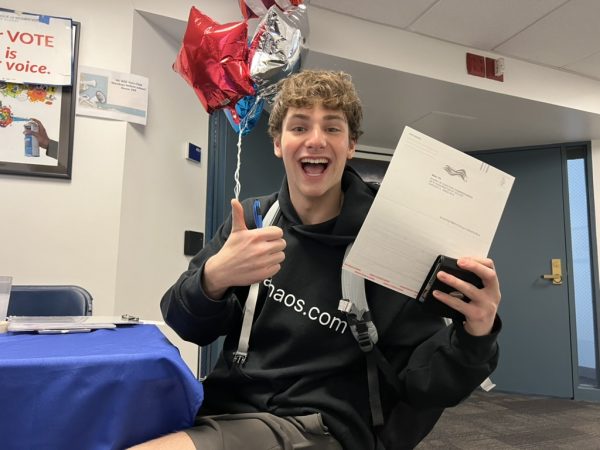
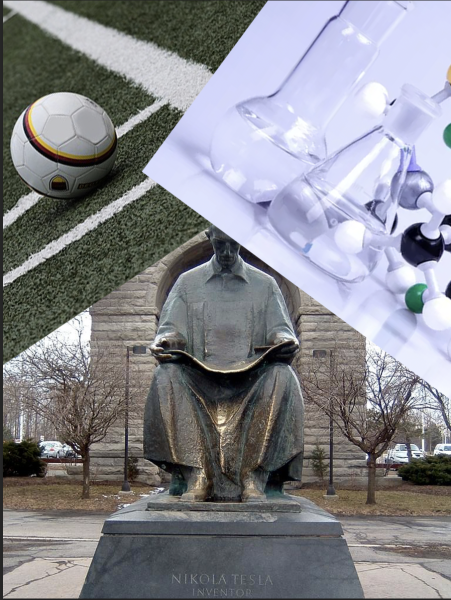

Robert Igbokwe • Aug 20, 2020 at 9:36 am
This piece, like so many from you, is really spectacular, Armaan! Very informative! As a member on SDEC, I can’t wait to start working with the student government soon, and I hope that we’re able to address many of the demands that students have expressed in the last couple of months. And of course, I hope that the Forum means a forum in our community for debate, discussion, and learning.